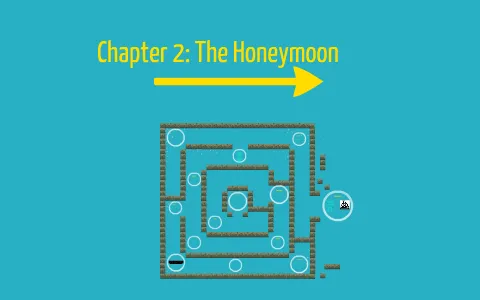Understanding Maus Chapter 2 The Honeymoon
Maus Chapter 2, titled “The Honeymoon,” offers a deep dive into the early experiences of Vladek Spiegelman and Anja Zylberberg. This chapter, part of Art Spiegelman’s Pulitzer Prize-winning graphic novel, serves as a critical exploration of their relationship dynamics and the impending shadow of the Holocaust. Through the use of graphic storytelling, Spiegelman meticulously details the couple’s life before the war, setting the stage for the harrowing events that follow. Chapter 2 isn’t just about a honeymoon in the conventional sense; it’s a window into their initial struggles, the societal pressures they faced, and the growing fear that begins to permeate their lives. Understanding this chapter is essential for grasping the broader themes of the novel, including survival, memory, and the intergenerational impact of trauma. The chapter offers critical context to the hardships to come and how this couple had to struggle to survive, and love.
Overview of the Honeymoon Phase in Maus
The “honeymoon” in Maus, Chapter 2, is presented with a layered understanding. While the term suggests a period of bliss, the reader quickly recognizes the presence of foreboding signs. Vladek and Anja’s honeymoon isn’t a carefree celebration, but a complicated journey marked by the complexities of their personalities and the external threats that loom over their lives. The chapter captures the couple’s first impressions of each other. It introduces the reader to the character dynamics of the two, and the early stages of their relationship. The graphic novel cleverly uses storytelling to underscore this contrast and to reveal that the couple had issues from the start. The honeymoon phase serves as a poignant prelude to the horrific events of the Holocaust. This phase provides an intimate look at their relationship before the devastating effects of the war. Readers witness their financial struggles, social adjustments, and emotional connections. This provides an important foundation for understanding their future decisions and the difficulties they face throughout the war.
Key Characters and Their Roles

Chapter 2 features Vladek and Anja as the central characters, with Art Spiegelman also present in the narrative as the interviewer and listener. Vladek is portrayed as a frugal and sometimes controlling individual, while Anja is depicted as sensitive and, at times, anxious. Their personalities are key to understanding their interactions and decisions, which will ultimately affect how they endure the hardships that will come their way. Vladek’s detailed accounts of his experiences showcase his practicality and resilience. This chapter also introduces key secondary characters and reveals their importance to Vladek and Anja. Anja’s family plays a significant role in the couple’s early married life. These relationships highlight the couple’s interconnectedness with their community. Art Spiegelman’s presence as the narrator adds another layer to the storytelling. He acts as a bridge between the past and present, drawing out the story from his father and adding his own reflections to the story. This dynamic is an essential part of how the story is told and provides the reader with a more emotional understanding of the events.
Vladek’s Perspective on the Honeymoon
Through Vladek’s narration, the readers gain a unique understanding of how he perceives their honeymoon. His accounts are often detailed and precise, highlighting his practical nature and his focus on financial and logistical aspects. Vladek’s recollections reveal his early efforts to provide for Anja. He also details his experiences with business and trade before the war. These details showcase his resourcefulness and his ability to adapt. His view of the honeymoon also demonstrates some of his less endearing qualities, such as his tendency toward frugality and, at times, his controlling behavior. These characteristics, although sometimes challenging, are also crucial to understanding his survival. His reflections on the past showcase his strengths and his weaknesses, setting the stage for the hardships that the characters would later face.
Anja’s Experiences During the Honeymoon
Anja’s perspective is primarily conveyed through her actions and the clues that are revealed within the story. She shows a sensitivity and a tendency toward anxiety, which becomes clear in Chapter 2. Her interactions with Vladek, as well as her family, provide insight into her experiences. Anja’s personality highlights her ability to endure hardships. Her struggles highlight her inner turmoil and her efforts to cope with her emotional and physical experiences. Anja’s writing also reflects her sensitivity and her awareness of the societal pressures and the emotional challenges that she experiences. These aspects highlight her desire to protect her and Vladek. Readers can perceive her struggles with the environment, highlighting the emotional and physical strain. Anja’s character is a crucial element in understanding the emotional weight of the story.
The Significance of Anja’s Journal
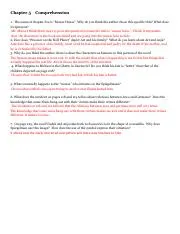
Anja’s journal holds immense significance within the narrative. It serves as a private record of her thoughts, feelings, and experiences. The journal provides a more intimate understanding of her character, and how she views the situations she encounters. The diary becomes a crucial element, not just for Anja, but also for Art, in his search to understand his parents’ history and experiences. The loss of the diary is a recurring symbol of loss and the fragility of memory in the Spiegelman family. Her diary functions as a narrative device, allowing her to convey her inner life, her fears, and her resilience. It also shows the family dynamics and Anja’s perspective on the issues she dealt with. The journal’s importance highlights the deeper themes and complexities explored throughout the novel.
Vladek and Anja’s Relationship Dynamics
The relationship between Vladek and Anja is a core element in Chapter 2, as well as the entire novel. The chapter illustrates their dynamic. It highlights their differences and the way they relate. Vladek’s frugality and practicality contrast with Anja’s sensitivity and anxiety. Their interactions reflect the tension and the love that characterizes their relationship. Their dynamics are critical to how they overcome the struggles and the difficulties that come their way. The chapter showcases how the characters are tested, revealing aspects of their characters. The graphic novel shows the couple’s ability to support each other. The readers can recognize their ability to maintain a bond in the face of adversity.
Symbolism and Themes Explored
Maus is rich with symbolism and thematic depth. The graphic novel explores themes such as the Holocaust, memory, trauma, and survival. The honeymoon phase, although seemingly ordinary, foreshadows the coming events. It represents the fragility of their happiness and the shadow of the Nazi regime. The use of animals to represent different nationalities is a striking example of symbolism. The cats, pigs, and mice highlight themes of power, persecution, and identity. These symbols contribute to the novel’s commentary on history, memory, and the lasting impact of the Holocaust. The symbolism, throughout the chapter, adds to the rich and complex story.
The Honeymoon as a Microcosm of Larger Events
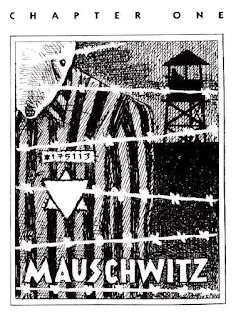
The honeymoon chapter acts as a microcosm, presenting the early challenges. It foreshadows the bigger events to come. The struggles Vladek and Anja experience reflect the broader societal and political instability that led to the Holocaust. The narrative style and character interactions highlight the larger themes of survival, resilience, and the effects of trauma. The couple’s relationship and their individual choices highlight the significance of how people deal with historical issues. The chapter becomes a lens through which to view the horrors of the Holocaust and the strength of the human spirit.
Exploring the Themes of Love and Loss
Love and loss are central themes in Maus. In Chapter 2, the couple’s interactions display their love for each other and their struggles. The honeymoon stage sets the stage for the emotional strain that the couple had to face and the loss of family members. The story highlights the impact of wartime. It shows how these events can alter personal relationships. The book looks at the strength of their bond. It also shows the ability of humans to cope with tragic events. The exploration of love and loss is central to understanding the humanity behind the history. It also drives the emotional impact of the narrative.
Historical Context of the Honeymoon
Understanding the historical context of Chapter 2 is critical to grasping the significance of the events and the characters’ experiences. The chapter is set during the rise of Nazism in Europe. The increasing threat of discrimination and persecution against Jews is starting to emerge. The couple’s life is affected by the prevailing political climate. The context of the time emphasizes the impending danger that would alter their lives forever. Chapter 2 is a reminder of the fragile nature of their safety. It sets the stage for the impact of the war and the Holocaust on their lives.
The Impact of the Nazi Regime
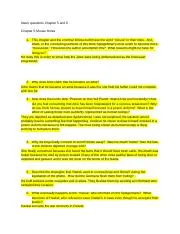
The Nazi regime’s actions have a direct effect on Vladek and Anja’s lives. The early signs of anti-Semitism and political turmoil are starting to appear. These instances lead to the eventual escalation of persecution. The chapter shows the subtle ways in which the Nazi ideology is influencing their lives, foreshadowing the horrors to come. The presence of this growing regime highlights the importance of the narrative. This section emphasizes the importance of personal relationships and the struggle for survival.
The Social and Political Climate
The social and political climate of the time creates an atmosphere of fear and uncertainty. Anti-Semitic sentiments are on the rise, and Jewish people are becoming increasingly vulnerable. This changing climate influences Vladek and Anja’s decisions. The political environment has implications for their safety and freedom. The historical context reveals the pressures the couple face. The chapter portrays the reality of their lives during the rise of Nazism. It shows the significance of understanding this period in history.
Analyzing the Graphic Novel’s Style
The visual style of Maus is central to the story’s impact. Art Spiegelman’s choice to represent different nationalities as animals is symbolic. This stylistic choice creates a compelling narrative. The reader is able to engage with the story on a deeper level. The use of panels, speech bubbles, and visual metaphors enhances the story. The distinctive graphic approach makes it one of the most memorable accounts of the Holocaust. The book’s style contributes to its capacity to deliver the emotional story.
Use of Animals and Their Representation
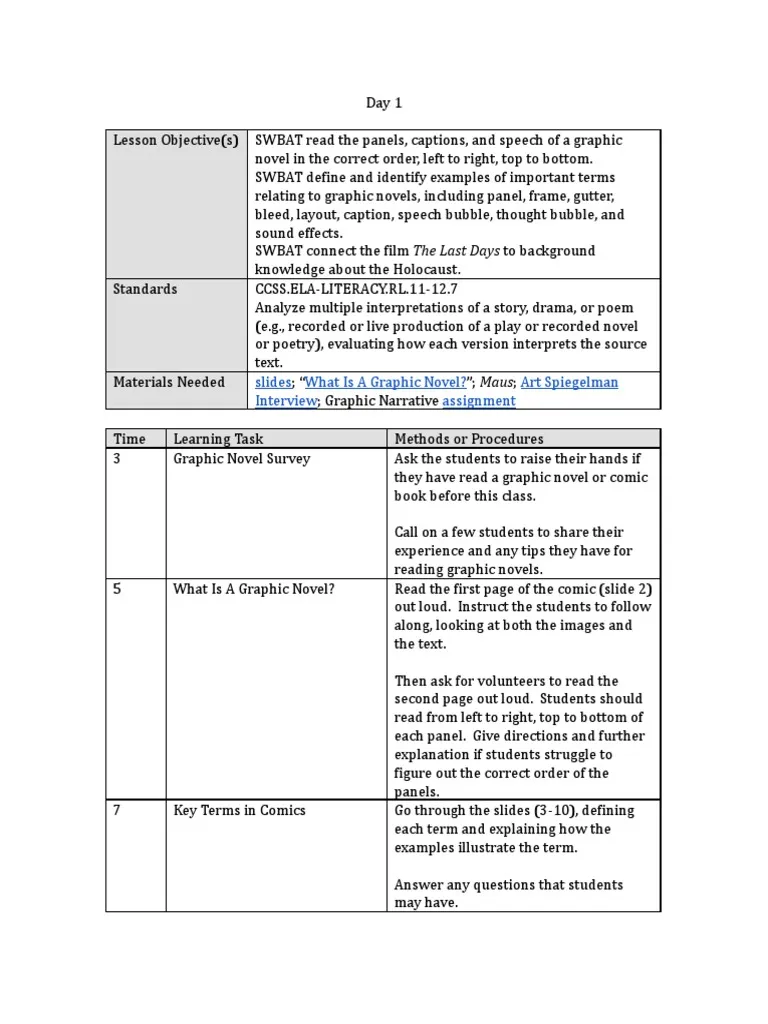
The use of animals is one of the most distinctive aspects of Maus. Jews are represented as mice, Germans as cats, and Poles as pigs. This stylistic choice provides the story with a unique visual language. It also gives the reader deeper understanding. The animals’ representations enable readers to explore complex themes. The images also highlight concepts such as power, persecution, and identity. The animal imagery transforms a horrific event into an accessible account of human history.
Storytelling Techniques in Chapter 2
Art Spiegelman employs various storytelling techniques in Chapter 2. These include the juxtaposition of the past and present, the use of flashbacks, and the incorporation of Vladek’s narrative. The storytelling enhances the emotional impact of the novel. The choice to interview his father about his past provides an additional level of insight. The story is enhanced through the visual and storytelling techniques. The author’s work highlights the complexity of the narrative. This narrative technique makes the novel a great account of the Holocaust.
Conclusion
Maus Chapter 2: “The Honeymoon” is a critical examination of Vladek and Anja’s lives. It is an effective exploration of their relationship dynamics. The graphic novel helps readers understand the upcoming events. It also explores the themes of love, loss, and survival. The historical context, symbolic representations, and innovative storytelling techniques make Maus a very powerful work. By examining this chapter, readers gain insight into the human experience during the Holocaust and the lasting impact of historical events. The book provides critical information about the war and the experiences of the main characters. The graphic novel’s significance highlights the strength of memory.
